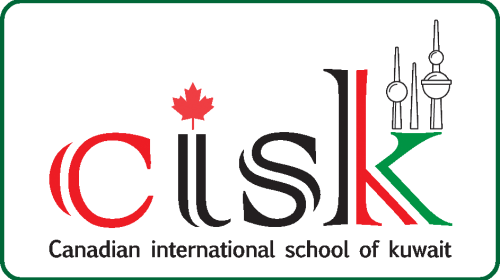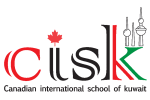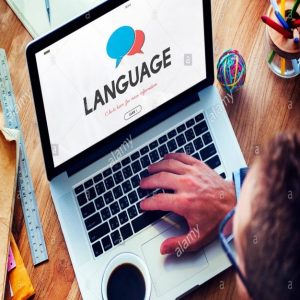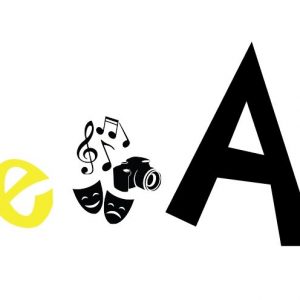Description
This course builds on the Grade 3 curriculum to further develop students’ understanding of fundamental mathematical concepts by exploring topics related to number, coding, algebra, data, spatial sense, social emotional learning skills in mathematics, and financial literacy.
Throughout the course, students will be encouraged to build their social emotional learning skills by focusing specifically on the interactions and challenges they face in the world around them. They will learn to solve problems using reasoning, cooperation, tools, and a variety of different problem-solving strategies. Students will practice using math language in order to communicate their ideas and solutions in order to tell a story and to cooperate with others.
Regarding numbers, students will learn how to identify, represent, show place value, compose and decompose, compare and order numbers up to 10 000, and learn how to round four-digit numbers. They will also be introduced to reading, writing, and understanding decimal numbers. Students will explore different ways of representing, comparing, counting by, and ordering fractions. They will be able to show equivalent fractions. Students will practice addition and subtraction of four-digit numbers using a variety of tools and strategies. They will also practice multiplying and dividing numbers by 1 through 11, as well as by 100, and 1 000. Students will practice their problem-solving skills by working through real-world problems that require the use of more than one operation to find a solution.
In algebra, students will continue to expand their knowledge of patterning as they create, identify, extend, and predict repeating and increasing patterns. Students will explore the commutative and distributive property of both multiplication and addition. They will also make use of a variety of different tools and strategies in order to help them find missing numbers in equations and to solve inequalities.
In data, students will learn about the differences between qualitative and quantitative data, and primary and secondary sources of data. They will demonstrate an understanding of and the uses of the mean, medians, and modes. They will collect and organize data in order to display it in a variety of different charts and graphs, and then use their charts and graphs to create simple infographics in order to tell a story about data. They will use data, charts, graphs, infographics, and probability experiments in order to read, interpret, compare, predict, and draw conclusions based on applicable data sets.
In spatial sense, students will learn the properties and characteristics of rectangles and learn how to identify, describe, reflect, and translate different angles and shapes. They will learn how to differentiate among acute, right, obtuse, and straight angles, and students will explore lines of symmetry. They will also use shapes to create patterns. While exploring measurement, students will estimate, compare, and determine mass and capacity in a variety of different units and contextual situations. They will also continue to expand their knowledge of time by exploring units of minutes, hours, days, weeks, years, decades, and centuries.
In financial literacy, students will be exposed to the different methods of payment that are used in modern society. They will estimate and calculate costs, make change for cash purchases, and explore the relationships among spending, saving, earning, investing, and donating. They will build good financial sense by practicing how to determine whether purchases are worthwhile.
Through investigation of real-life problems, students develop a strong foundation of mathematical knowledge and skills. Students apply mathematical processes and build transferrable critical thinking skills in varied teaching and consolidation activities that appeal to diverse learning styles. Students participate in engaging storylines along with characters who connect their learning to real-world contexts and build confidence by instilling a positive attitude towards mathematics. Various opportunities consolidate students’ learning through technology and offline activities, including tactile manipulatives, to reinforce essential mathematical strategies and tools. The course has a strong focus on reinforcing number sense and numeracy skills. It also provides various activities for practice throughout. This course prepares students for grade 5 mathematics.








Reviews
There are no reviews yet.